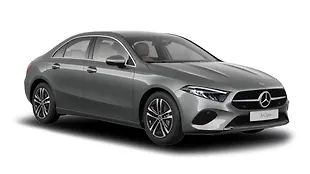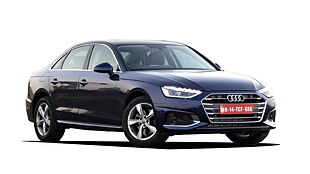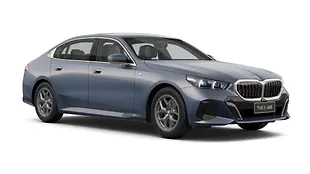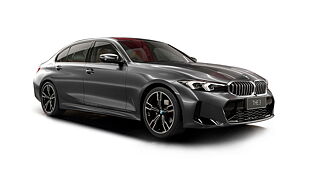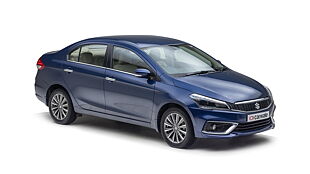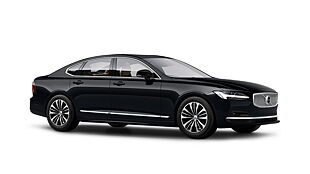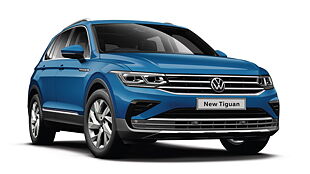Audi A4 [2016-2020] 35 TDI Premium Plus
- A4 [2016-2020]
- 360° View
- Specs & Features
- Variants
- Colours
- User Reviews
Variant
Audi A4 [2016-2020] 35 TDI Premium Plus Review
When Audi launched the brand-new A4 in the petrol variant last year we were really impressed by its all-round ability. Thanks to a more able chassis, the new generation A4 was much nicer to drive than its predecessor and the modern cabin with its ultra-crisp virtual cockpit system just blew us away. With the recent arrival of the diesel variant, the A4 now has a complete portfolio. Time for a full-fledged road test then, since there is no better way to judge its true potential than putting both the petrol and diesel versions through our rigorous testing regime. So we let the numbers decide just how good the new A4 really is.
Introduction
Design and Style
Interiors
Safety and Equipment
Engine, Performance and Braking
Ride and Handling
Price and Fuel Economy
Specification
Test Data
Specifications & Features
- Specifications
- Features
- Specifications
- Features
Specifications
Engine & Transmission
Engine1968 cc, 4 Cylinders Inline, 4 Valves/Cylinder, DOHCFuel TypeDieselMax Power (bhp@rpm)188 bhp @ 4200 rpmMax Torque (Nm@rpm)400 Nm @ 1750 rpmMileage (ARAI)17.84 kmplDrivetrainFWDTransmissionAutomatic - 7 Gears, Manual Override, Sport ModeEmission StandardBS 4Turbocharger / SuperchargerTurbochargedOthersIdle Start/StopValve/Cylinder (Configuration)4, DOHCDimensions & Weight
Length4726 mmWidth1842 mmHeight1427 mmWheelbase2820 mmKerb Weight1450 kgCapacity
Suspensions, Brakes, Steering & Tyres
Features
Exterior
Braking & Traction
Safety
Comfort & Convenience
Lighting
Locks & Security
Doors, Windows, Mirrors & Wipers
Entertainment, Information & Communication
Mobile App Features
Storage
Airbags
Seats & Upholstery
Instrumentation
Manufacturer Warranty
Other A4 [2016-2020] Variants
| Variants | Price | Specifications | |
|---|---|---|---|
Rs. 43.40 Lakh | 5 Person, FWD, 400 Nm, 1450 kg, 7 Gears, Electrically Adjustable, 54 litres, No, No, Front & Rear, 4726 mm, 1842 mm, 1427 mm, 2820 mm, 400 Nm @ 1750 rpm, 188 bhp @ 4200 rpm, Remote, Yes (Automatic Three Zone), Front & Rear, 1, Reverse Camera with Guidance, 0, Yes, Yes, No, 8 Airbags (Driver, Passenger, 2 Curtain, Driver Side, Front Passenger Side, 2 Rear Passenger Side), Yes, 1, BS 4, 4 Doors, 17.84 kmpl, Diesel, Automatic, 188 bhp | Get Offers from Dealers |
Similar Cars
Explore Used Audi A4
Colors
Reviews
- (4 Ratings) 3 Reviews
5.0/5
- Dream carThis on of my fav car that they have fel like a amazing .and always being a my fav as well as dream car colur is blue red black and yellow . amazing riding experience look like a fabulousRating parameters(out of 5)5
Exterior
5Comfort
4Performance
4Fuel Economy
3Value For Money
About the ReviewerPurchase NewDriven forIts my mate since agesWas this review helpful?00 - I love itThis is a nice car for family. And its very beautiful in shower . I love it that i buy it. So plz me give me advice how much rate this car for new version...........................Rating parameters(out of 5)5
Exterior
5Comfort
4Performance
5Fuel Economy
3Value For Money
About the ReviewerPurchase UsedDriven forFew hundred kilometersWas this review helpful?01 - Just from heartIts very comfortable to seat... It was a good one from my favourite cars... I m very satisfied with this car.... When I m going for long drive with that car it was my best time ever I lived......Rating parameters(out of 5)5
Exterior
5Comfort
5Performance
5Fuel Economy
5Value For Money
About the ReviewerPurchase Not PurchasedDriven forFew hundred kilometersWas this review helpful?00
- Home
- Audi Cars
- A4 [2016-2020]
- 35 TDI Premium Plus

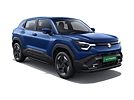
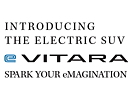

![Audi A4 [2016-2020] 35 TDI Premium Plus Audi A4 [2016-2020] 35 TDI Premium Plus](https://imgd.aeplcdn.com/664x374/cw/specialVersions/5082.jpg?v=20170213044912&q=80)
![Audi A4 [2016-2020] Right Front Three Quarter Audi A4 [2016-2020] Right Front Three Quarter](https://imgd.aeplcdn.com/664x374/cw/ec/22613/Audi-A4-Right-Front-Three-Quarter-79795.jpg?v=201711021421&q=80)
![Audi A4 [2016-2020] Right Front Three Quarter Audi A4 [2016-2020] Right Front Three Quarter](https://imgd.aeplcdn.com/664x374/cw/ec/22613/Audi-A4-Right-Front-Three-Quarter-165483.jpg?wm=0&q=80)
![Audi A4 [2016-2020] Right Rear Three Quarter Audi A4 [2016-2020] Right Rear Three Quarter](https://imgd.aeplcdn.com/664x374/cw/ec/22613/Audi-A4-Right-Rear-Three-Quarter-171418.jpg?wm=0&q=80)
![Audi A4 [2016-2020] Right Rear Three Quarter Audi A4 [2016-2020] Right Rear Three Quarter](https://imgd.aeplcdn.com/664x374/cw/ec/22613/Audi-A4-Right-Rear-Three-Quarter-171419.jpg?wm=0&q=80)
![Audi A4 [2016-2020] Rear View Audi A4 [2016-2020] Rear View](https://imgd.aeplcdn.com/664x374/cw/ec/22613/Audi-A4-Rear-view-171422.jpg?wm=0&q=80)
![Audi A4 [2016-2020] Front View Audi A4 [2016-2020] Front View](https://imgd.aeplcdn.com/664x374/cw/ec/22613/Audi-A4-Front-view-171420.jpg?wm=0&q=80)

